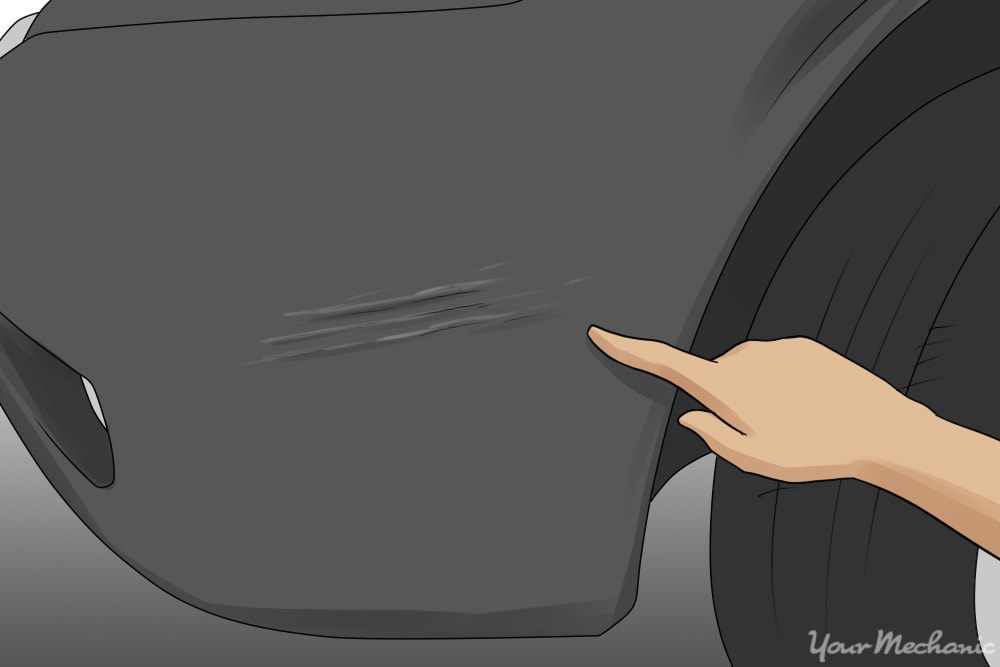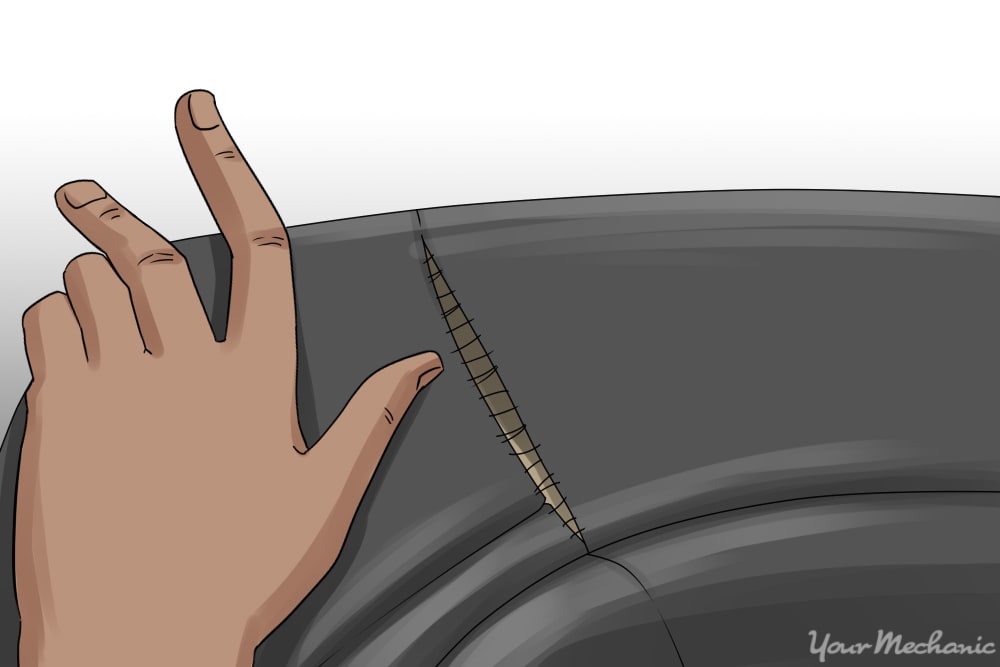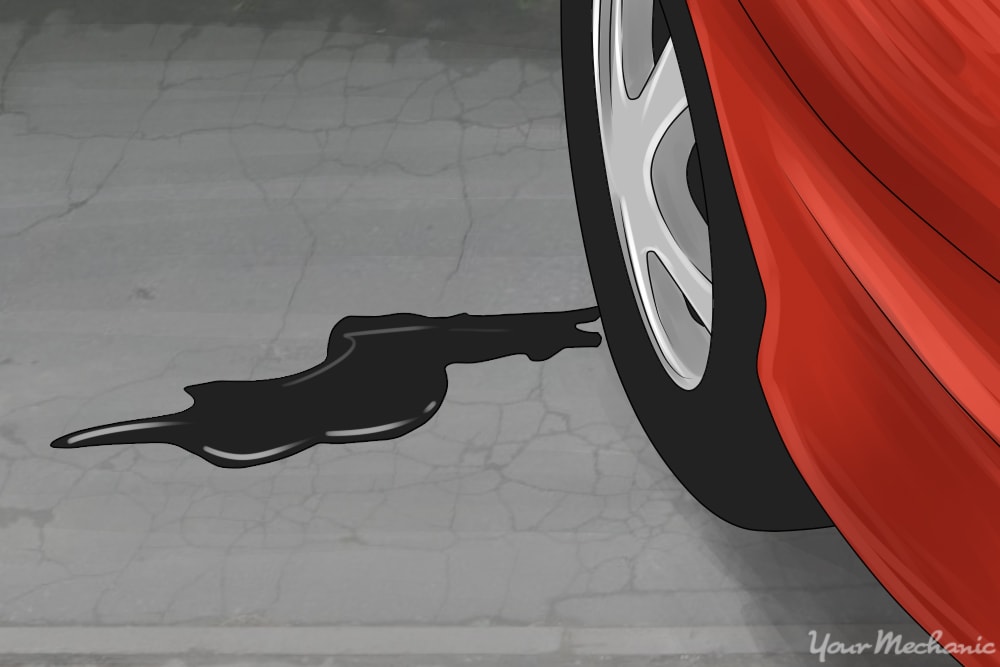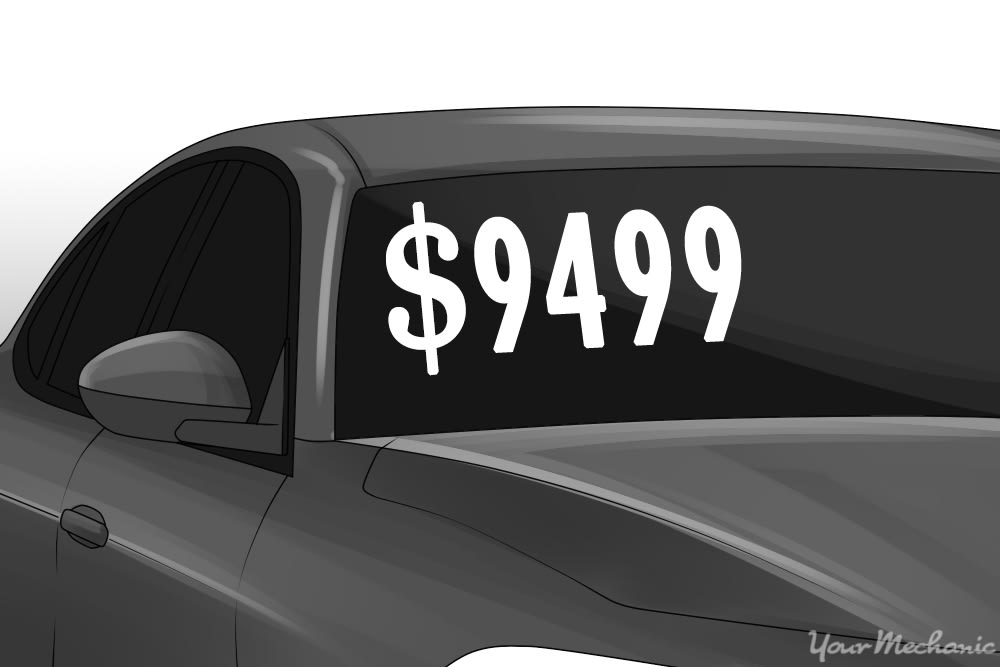

When you need to buy a used car, it can be quite difficult to sift through the thousands of used cars for sale in your area. You’ll find used car advertisements in dealership mailers, in newspaper classifieds, and in online marketplace ads, as well as on community bulletin boards.
Regardless of where you live, there are vehicles of every sort for sale at virtually every turn. You may be able to find a particular style or model that suits you best but how do you know if it is a good deal? There are several factors that can help you determine if a vehicle you are looking to purchase is a good deal. Factors include Kelley Blue Book value, maintenance records, state certification, title status, vehicle condition.
Here are tips on how to identify the best deals when you are shopping for used cars.
Method 1 of 5: Compare the advertised price to the Kelley Blue Book value
A tool you can use to determine if the asking price for a used car is too high, fair, or a great deal is Kelley Blue Book. You can research your potential vehicle’s value and compare it to the Blue Book value.
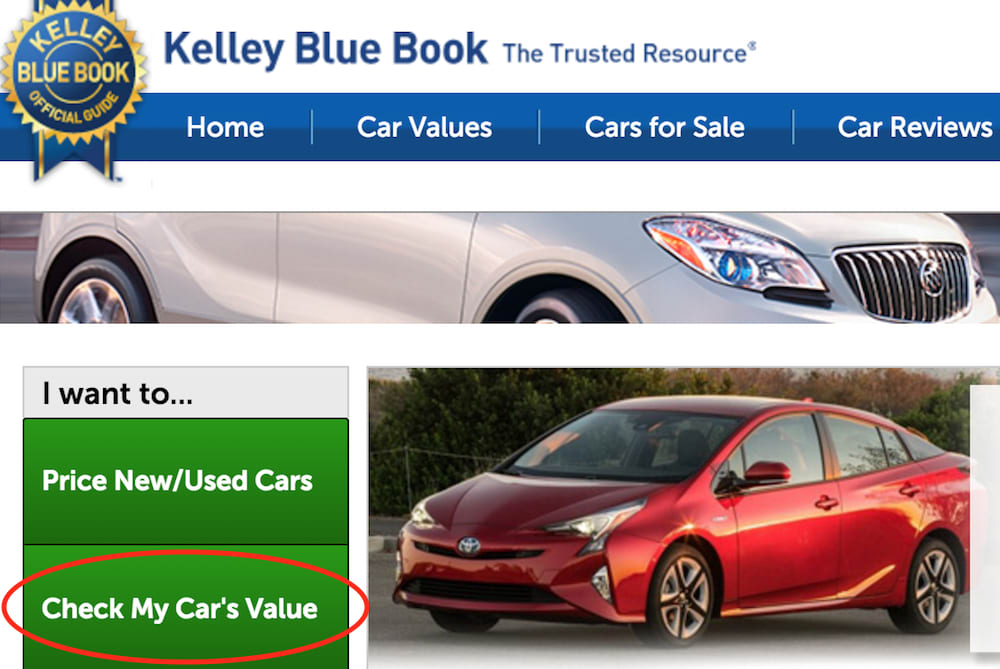
Step 1: Navigate to the Kelley Blue Book valuation page for used cars. On the left side, select “Check My Car’s Value.”
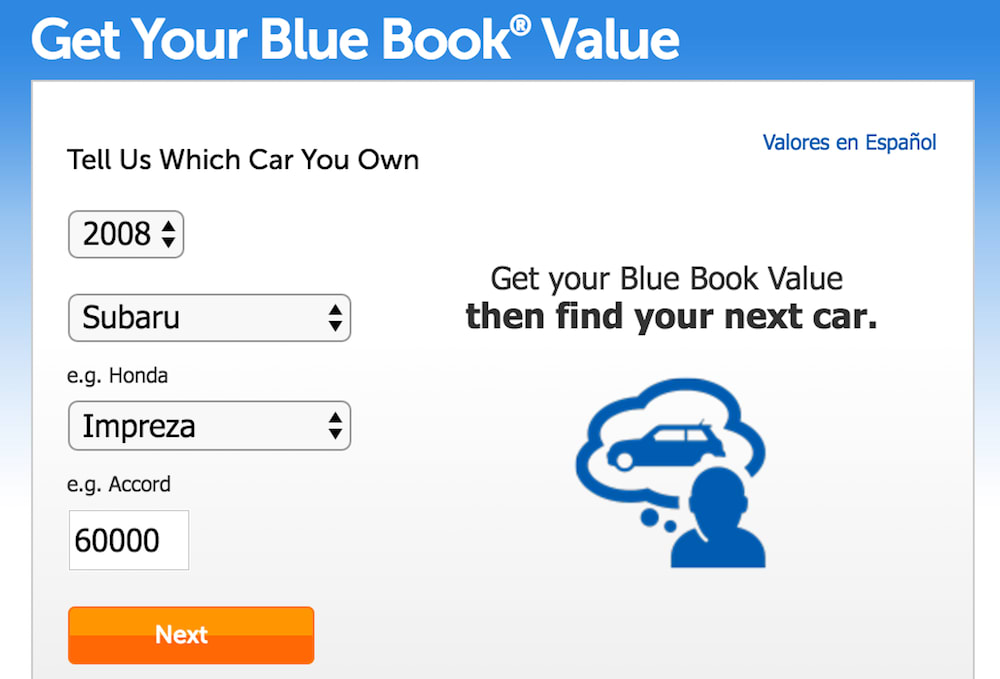
Step 2: Enter your desired vehicle’s year, make, and model in the dropdown menu boxes. Enter all relevant factors of the advertised vehicle whose value you are checking, then click “Next”.
Step 3: Select the trim level. Do this by clicking “Choose this style” beside it.
Step 4: Select the options the advertised vehicle has. Do this by checking all the applicable boxes on the screen, then click “See Blue Book Value”.
Step 5: Choose private party values or the trade-in value. You want to check the private party value because trade-in values are for vehicles that are likely in need of some kind of repair and reconditioning.
Step 6: Select the condition rating for the vehicle. Most vehicles are either good or very good condition, but objectively select the appropriate condition grade.
Step 7: View the results which are plotted on a chart. Your selected condition grade is highlighted, while the rest of the grades are also plotted on the chart.
This is an excellent price point to know if the vehicle you are inquiring about is a good value or overpriced. You can base your vehicle negotiations on this valuation.
Method 2 of 5: Check the vehicle history and maintenance records
The way a vehicle has been maintained says a lot about what you can expect in the future for your vehicle’s reliability. If a vehicle has been in several accidents or poorly maintained, you can expect that there will be more frequent repairs required than if a vehicle has been well-maintained and is accident-free.
Step 1: Purchase a vehicle history report. You can find reputable vehicle history reports online if you have a VIN number for the car you are looking to buy.
Common vehicle history report sites are CarFAX, AutoCheck, and CarProof. For a detailed report, you’ll have to pay a small amount for the vehicle history report.
Step 2: Check the vehicle history report for major issues. Check for major accidents with high dollar values or collisions that required frame repair.
These problems should significantly reduce the value of a vehicle for sale because there is a chance repairs may not have been completed to the same quality as original, and may indicate future concerns in these spots.
Step 3: Look for outstanding recalls on the report. An outstanding recall means the car hasn’t been to the dealership’s service department, indicating a lack of maintenance.
Step 4: Look for bold writing that indicates major problems. On Carfax reports, bold red letters draw your attention to issues that you may want to avoid.
These can include things such as title issues for flood vehicles, branded titles, and total loss vehicles.
Step 5: Request maintenance records. Get these from the seller to determine if regular servicing has been performed.
Look for dates and mileages consistent with regular servicing such as oil changes every 3-5,000 miles.
Method 3 of 5: Request state certification before the sale
Because repairs can be costly to conform to state regulations and smog regulations, you’ll want to make sure the vehicle has at least been inspected for state certification.
Step 1: Request the seller have a state safety inspection performed. The seller may have a current report or certification already, so make sure the vehicle has passed the state inspection.
If it hasn’t, you should be able to negotiate a better price on the sale if you are willing to take on responsibility for the required repairs yourself.
Step 2: Have the smog check performed by the seller if applicable in your state. Smog repairs can be quite costly as well, so ensure it passes the standards your state sets out.
Step 3: Request a mechanic perform an inspection. If the seller is unwilling to have the inspections performed themselves, request that you have a mechanic perform them.
The small expense for the inspections can save you much more money in the long run if you discover expensive repairs are needed.
Method 4 of 5: Verify the title status
A deal that looks too good to be true often is. A vehicle with a branded title will often sell for much less than the same vehicle with a clear title. Branded title vehicles are worth less than clear title vehicles, so you can be trapped in a car purchase where the vehicle isn’t worth what you paid. Remember to check the title before buying a car to make sure it is indeed a good deal.
Step 1: View the title information on your vehicle history report. A vehicle history report shows clearly if a car has a clear title or a branded title.
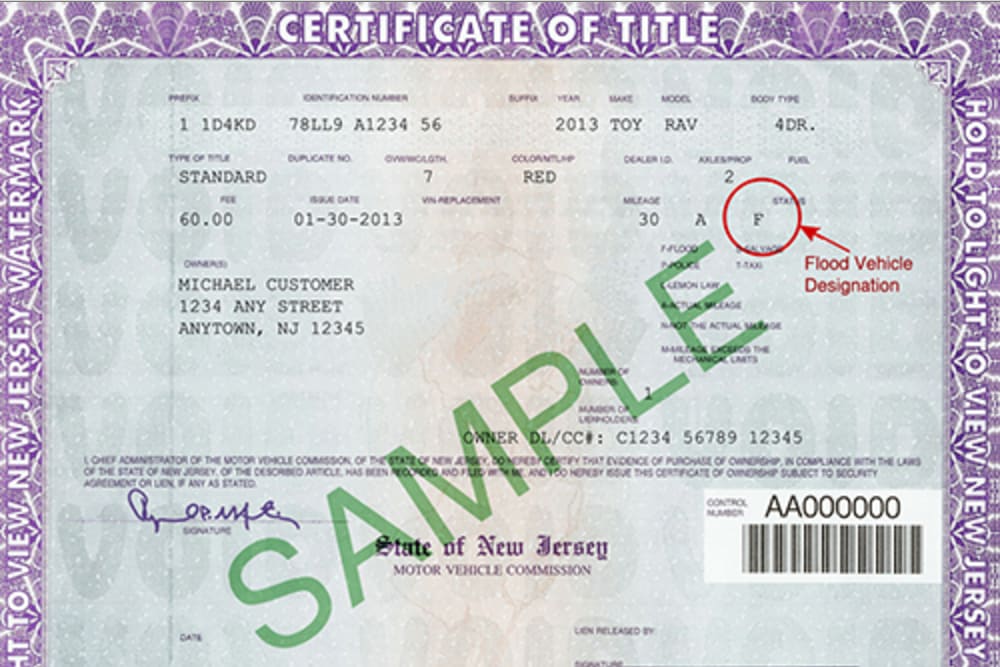
Step 2: Ask the seller to see a copy of the title. Check the vehicle’s certificate of title, also known as a pink slip, for any title designations other than a clear title.
Flood vehicles, total loss, salvage, and rebuilt statuses are all noted on the title.
- Tip: If the title is branded, that doesn’t necessarily mean you shouldn’t buy the vehicle. It does mean, however, that you should get a much better deal than the blue book value. Only continue with the purchase if the vehicle is in good condition otherwise.
Method 5 of 5: Verify the vehicle’s physical condition
Two vehicles with of the same year, make, and model may show the same blue book value, but they can be in very different conditions inside and out. Check the vehicle’s condition to ensure you are getting a good deal on your used car purchase.
Step 1: Check the exterior. Any rust, dents, and scratches should reduce the selling price.
These are issues that may make you want to walk away from a car purchase instead of trying to get a better price as well. A rough-looking exterior often shows how the vehicle was treated by the previous owner and may give you pause to buying a car.
Step 2: Check for interior rips, tears, and excessive wear. You may want to look at a different vehicle if the interior is in poor condition for the vehicle’s age.
Upholstery repairs are costly and, while they are not critical to a vehicle’s operation, they do negatively affect your future resale value.
Step 3: Check the vehicle’s mechanical condition. Take the car for a test drive to make sure it drives properly.
Note the brake operation, the acceleration, and listen for noises to ensure there aren’t any issues that stand out. Check the dash for lights illuminated or gauges that don’t work and check under the vehicle for oil leaks as well as other fluid leaks.
If there are minor issues that show up when you look over a used vehicle for purchase, that doesn’t mean you shouldn’t buy the car. In fact, it gives you a reason to negotiate an even better deal with the seller in many cases. If there are issues that make you unsure if you should proceed with the sale, have them looked at by a professional before buying the car and be sure to have one of YourMechanic’s certified professionals perform a pre-purchase inspection.



